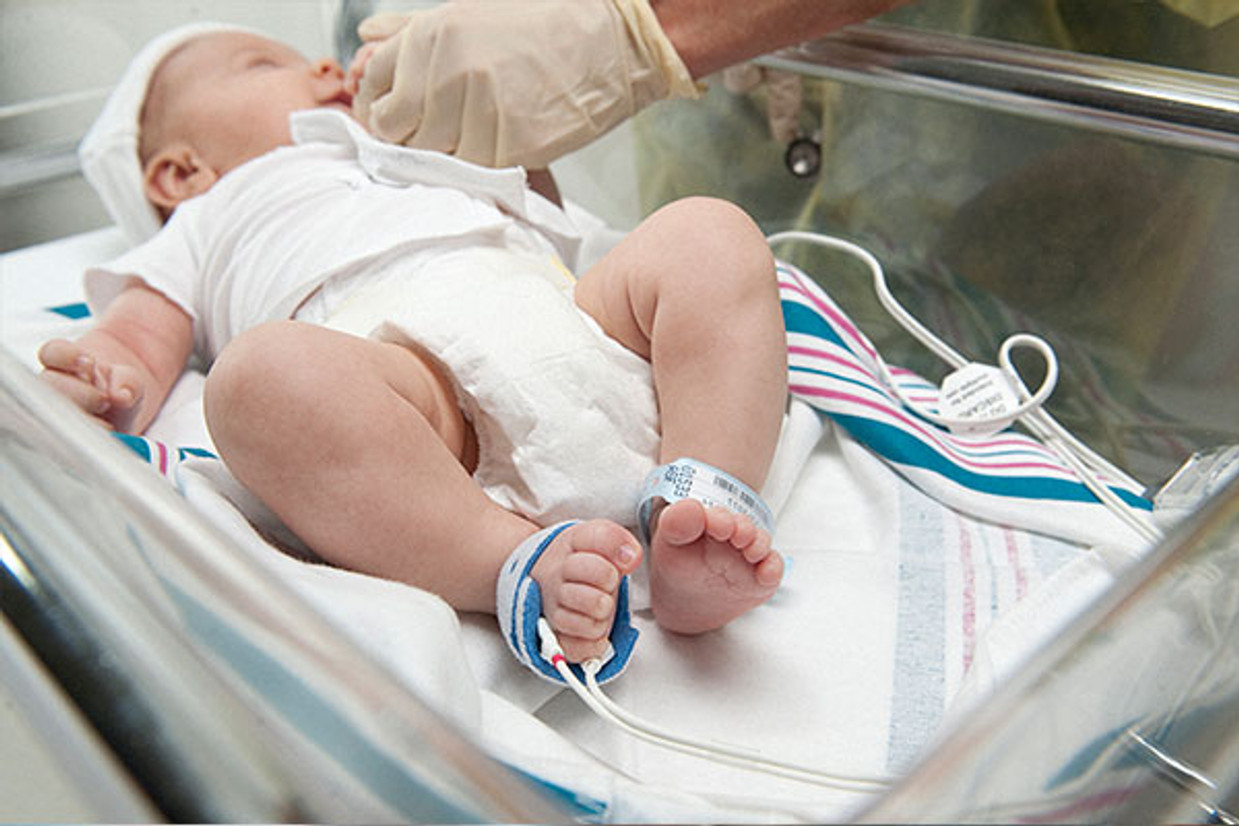The Importance of Newborn Pulse Oximetry Screening
When a new baby is born, it has become standard procedure to check for a handful of very specific medical conditions, one of which is critical congenital heart defect (CCHD). According to the Center for Disease Control and Prevention (CDC): "About 1 in every 4 babies born with a heart defect has a critical congenital heart defect (critical CHD, also known as critical congenital heart disease)"1. If not diagnosed soon after birth, babies with a CCHD “are at risk of having serious complications within the first few days or weeks of life, and often require emergency care. Timely care may prevent disability or death early in life."2 This is where the pulse oximeter comes into play
Pulse oximetry is a procedure that uses a non-invasive unit - a pulse oximeter - to measure blood oxygen saturation. In certain instances, a pulse oximeter can identify infants with CCHD before they actually exhibit signs of the condition3. But getting a newborn's reading is not as easy as one might think. With their small, flexible fingers and toes, using a traditional pulse oximeter with a finger probe is not only difficult, it is inefficient. The best option is to use a motion sensitive pulse oximeter with a sensor that can be wrapped around the baby's foot or hand.
MOTION SENSITIVE MASIMO RAD-G PULSE OXIMETER
The Masimo Rad-G Pulse Oximeter System is one of the best pulse oximeters on the market for newborn readings because of its unique motion sensitive design. At Cascade Health Care, we originally started carrying its predecessor, the Masimo Rad-5, at the request of our midwives who found it too difficult to get an accurate reading with a regular pulse oximeter. The Rad-G is specially designed to be motion tolerant for newborns and offers a range of sensors and sensor wraps that fit neonates, infants, children and adults. This system has also been scientifically and clinically proven to offer accurate measurements during motion and low perfusion4.
The Masimo Rad-G Pulse Oximeter comes with two reusable sensors with RD Set technology. Masimo SET® was the first pulse oximetry technology to receive FDA 510(k) clearance in the labeling to screen newborn patients for critical congenital heart disease (CCHD). 5 Reusable sensors are far more cost effective than disposable sensors because all you need to purchase are additional wraps. The Rad-G is also handy for situations where protocol calls for one-time-use sensors. Simply remove the reusable sensor and insert the sterile disposable sensor for fast and easy readings.
According to the CDC: “Pulse oximetry screening does not replace a complete history and physical examination, which sometimes can detect a critical CHD before oxygen levels in the blood become low. Pulse oximetry screening, therefore, should be used along with the physical examination." 6
Adapted from original article written by Samantha Darling for Cascade
Resources
1,2,6Center for Disease Control and Prevention, Congenital Heart Defects (CHDs): https://www.cdc.gov/
3Center for Disease Control and Prevention, Newborn Screening: https://www.cdc.gov/
4Masimo, Rad-G Pulse Oximeter: https://www.masimo.com/products/handheld-solutions/rad-g/
5Masimo, Improving CCHD Screening with Masimo SET®: https://www.masimo.com/care-areas/acute/newborn/
Recent Posts
-
Exploring Recent Innovations in Doppler Signal Processing
Doppler technology has become an essential diagnostic tool in modern medicine, enabling healthcare p
-
Exploring Recent Innovations in Doppler Signal Processing
Doppler technology has become an essential diagnostic tool in modern medicine, enabling healthcare p


